Your Windshield is Frosted. Here’s What to Do (and What NOT to Do).
I’ve spent more than two decades with my hands on cars, both in professional garages and my own setup at home. In that time, I’ve seen just about every trick—good and bad—that people use to clear a frozen windshield. And honestly? Most of the “hacks” are just plain awful for your car.
In this article
- First, Why Is Your Windshield Always the Iciest Part?
- The Pro Method: Using Your Car’s Defroster Correctly
- When You’re in a Hurry: De-Icer Sprays
- The “Hacks” You Should Absolutely NEVER Try
- Prevention: The Best Fix is No Fix at All
- What If Your Defroster Just Isn’t Working?
- Inspirational Gallery with Photos
I’ve had to replace windshields that cracked from a sudden temperature shock and repair serious rust caused by homemade de-icing sprays. We’ve all been there: you’re running late on a freezing morning, and that sheet of ice on your car feels like a personal insult. But taking a shortcut is often a one-way ticket to a much bigger, more expensive problem.
This isn’t about some magic two-second fix. It’s about understanding what actually works, what doesn’t, and most importantly, why. A few extra minutes doing it the right way can literally save you hundreds, or even thousands, in repair bills down the line.
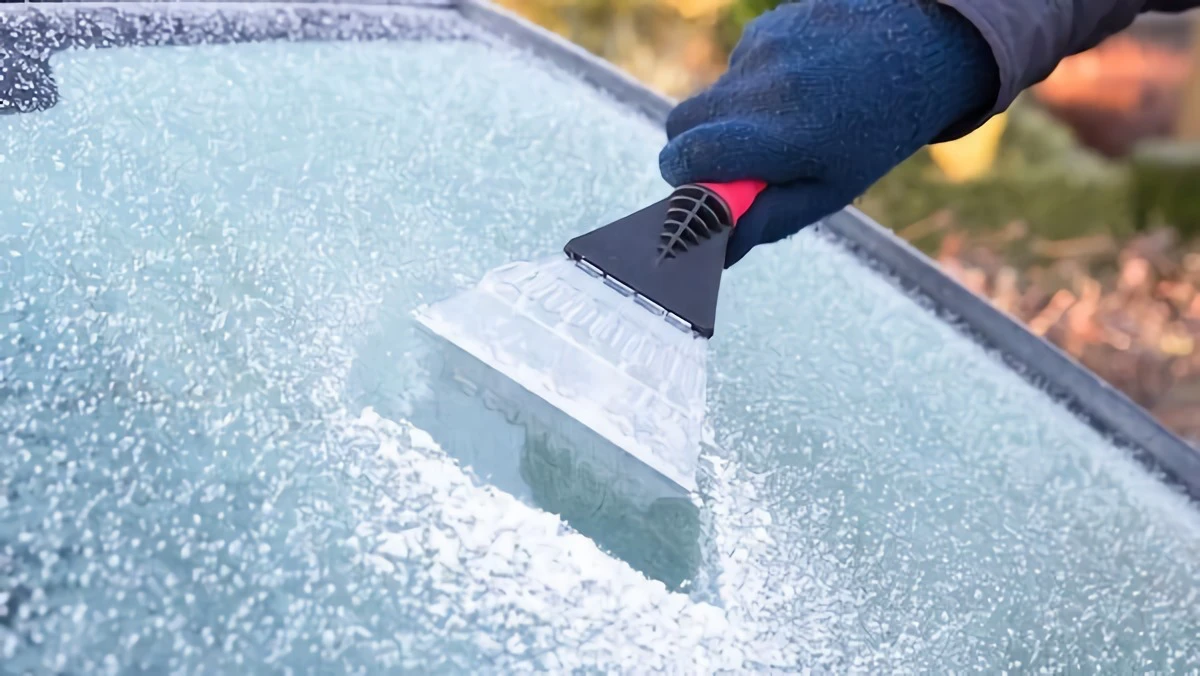
First, Why Is Your Windshield Always the Iciest Part?
Before you can fight the frost, it helps to know your enemy. Frost isn’t just frozen rain. It happens when water vapor in the air touches a surface that’s below freezing (32°F or 0°C). The moisture skips being a liquid and deposits directly as ice crystals. It’s a neat bit of science.
Your car’s windshield is basically the perfect canvas for this. Glass loses heat really fast, so on a clear, cold night, it gets colder than the air around it. Once its surface drops below the dew point, you get condensation. If it gets below freezing, you get a solid layer of frost. The steep angle of the windshield helps it cool down even faster, which is why it often gets the thickest coating.
The Real Danger: Thermal Shock
Okay, if you learn one thing today, let it be this: thermal shock is real and it is expensive. Your car’s safety glass is incredibly tough, but it has a major weakness—it hates rapid, uneven temperature changes.
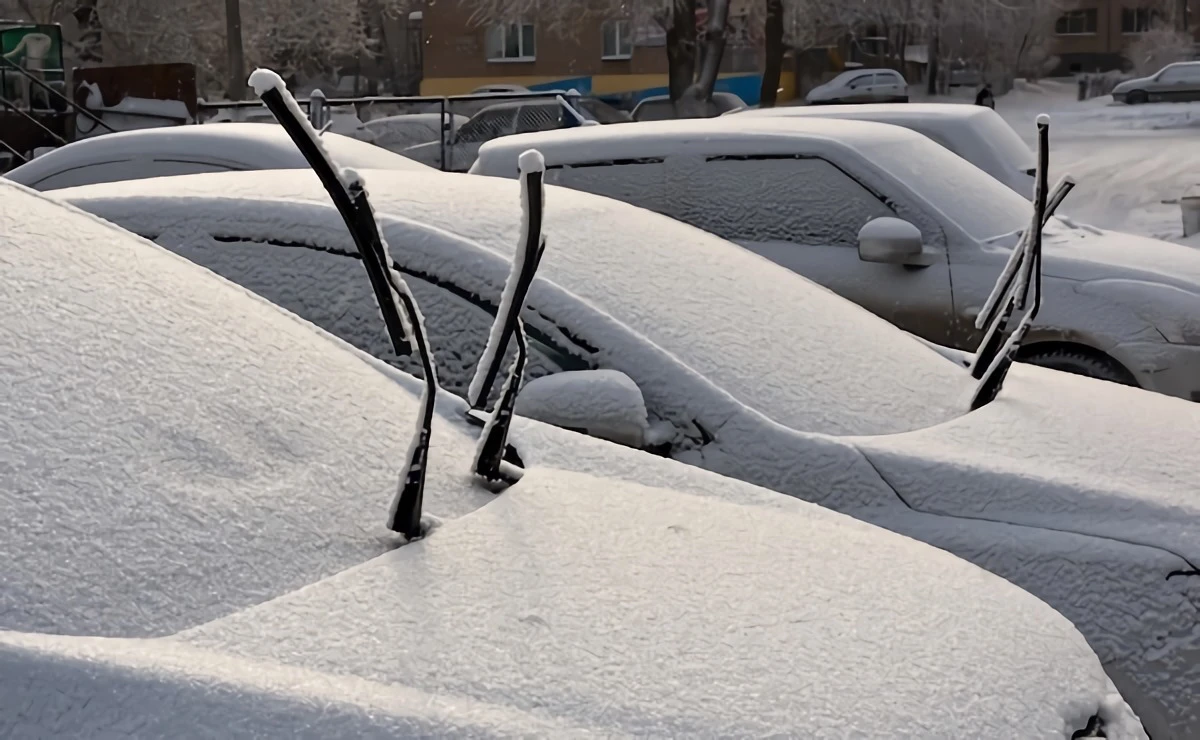
When you dump hot water on frozen glass, the inside layer heats up and expands instantly while the outer layer is still freezing cold and contracted. This tug-of-war creates massive stress inside the glass. I’ll never forget a customer who came in with a perfect, elegant S-shaped crack running across his entire windshield. He was late for work and used a kettle of hot water. POP. Instant crack.
Even if it doesn’t shatter right away, you can create tiny, invisible fissures that weaken the glass. Then, weeks later, a small stone chip or a jolt from a pothole is all it takes for a crack to appear. Lukewarm water is less of a gamble, but why risk it? Your car already has the perfect tool for the job.
The Pro Method: Using Your Car’s Defroster Correctly
The safest, most effective way to clear your windshield is to use the system built for it. It takes a few minutes, but it’s foolproof and won’t cause any damage. So many people use their defroster inefficiently, so let’s walk through the right way to do it.
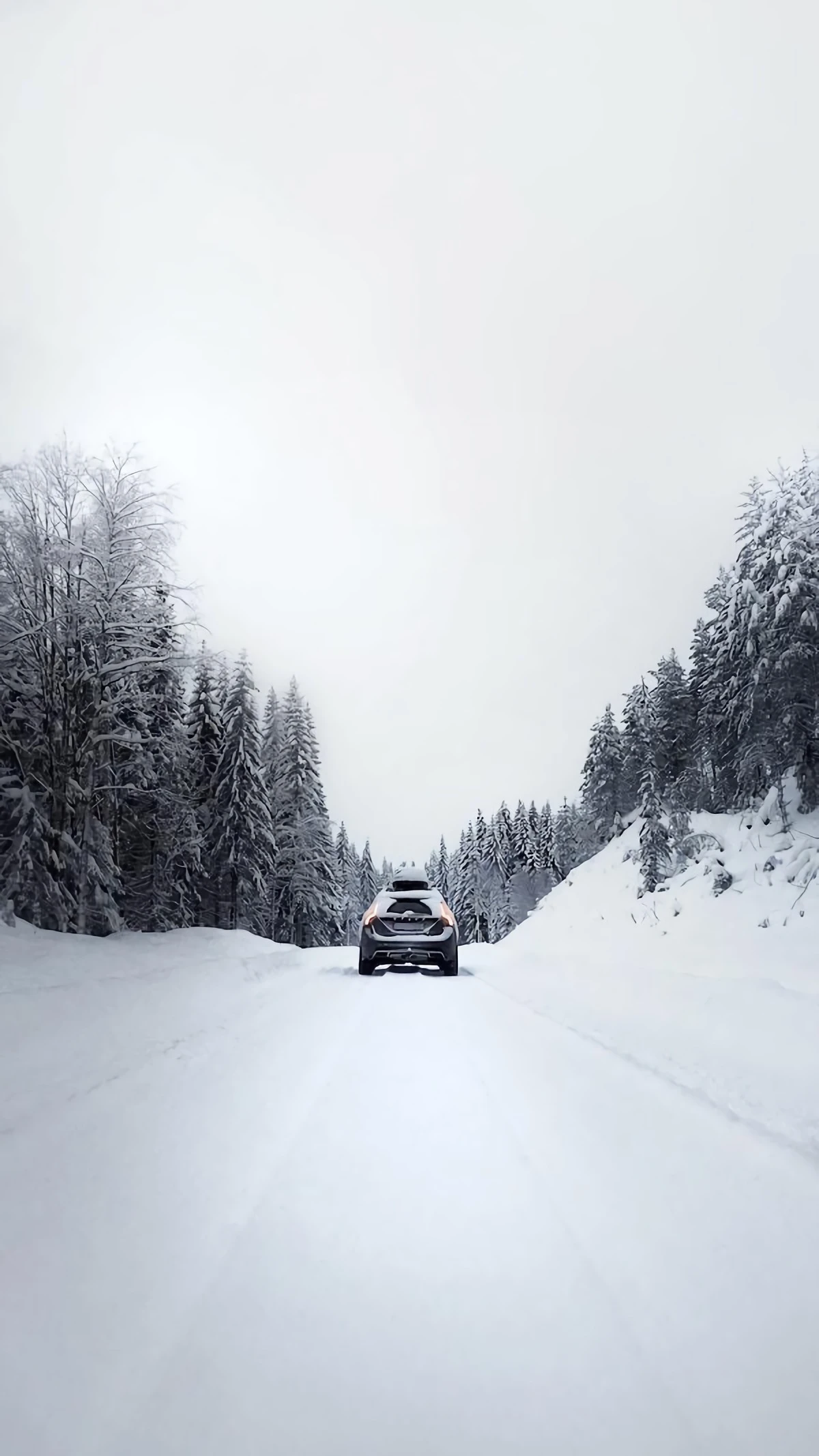
The Quick-Start Guide for Frosty Mornings:
- Start the engine. Your heater needs hot engine coolant to work. No shortcuts here. Just let the car idle; revving the engine doesn’t really speed things up in modern cars.
- Temperature to full HOT. Crank that dial all the way up. You want the warmest air possible ready to go.
- Fan on HIGH. The goal is to move as much air as possible across the inside of the glass.
- Select the front defrost setting. It’s the button with the little windshield symbol and wavy arrows. This directs all the air right where you need it.
- Turn OFF air recirculation. This is the step almost everyone messes up. The air inside your car is full of moisture from your breath and melting snow. The recirculation button (the car symbol with a U-turn arrow) just traps it in. You need to pull in the colder, drier air from outside. Cold winter air is thirsty and will soak up the moisture on your glass like a sponge.
- Turn ON the A/C. Wait, what? Yes, turn on the air conditioning. It sounds crazy, but your A/C is a fantastic dehumidifier. It pulls moisture from the incoming air before it gets heated. The result is super dry, warm air that clears fog and frost way faster. Most modern cars with automatic climate control do this for you, by the way.
- Hit the rear defroster button. Don’t forget the back window! That button (a rectangle with wavy arrows) activates a grid of heaters on the rear glass.
Now, be patient. This will take anywhere from 5 to 15 minutes, depending on how cold it is. Quick tip: While the engine is warming up, use that time to clear the snow off the rest of your car. By the time you’re done, the defroster will already have a nice head start!
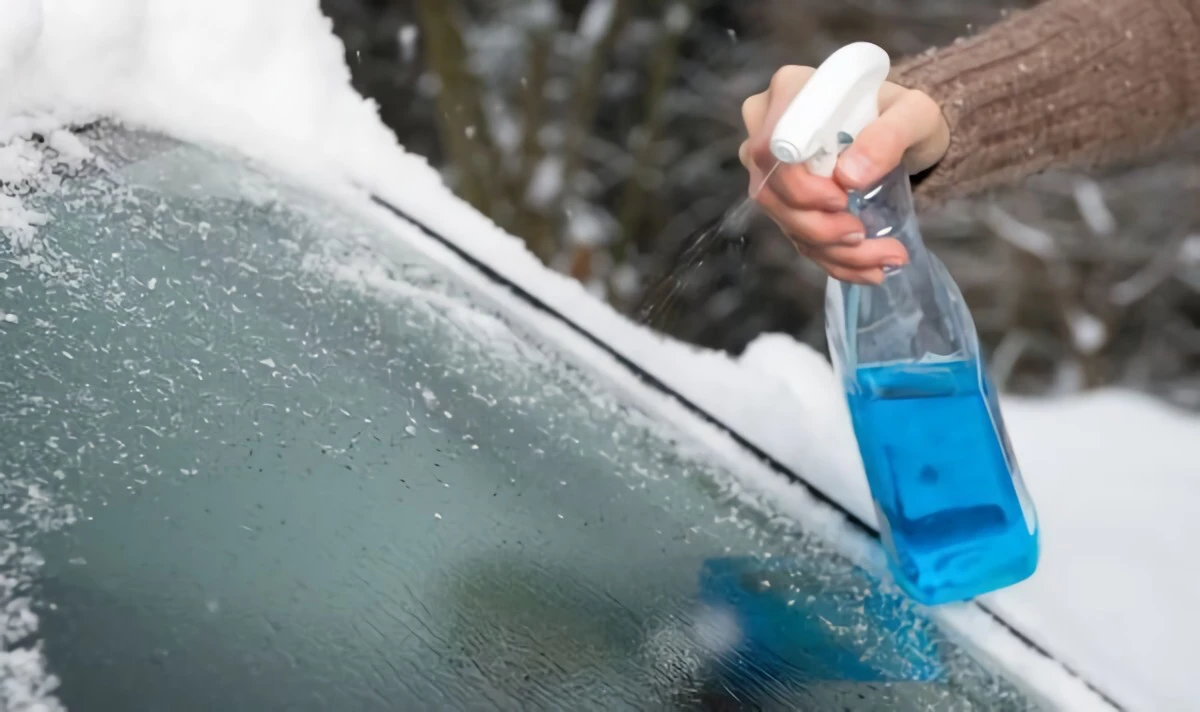
You’ll see the ice start melting from the bottom up. Once it’s mostly slush, then you can use your wipers. Using them on solid ice is a great way to tear up the rubber blades.
When You’re in a Hurry: De-Icer Sprays
Sometimes you just don’t have 15 minutes. That’s where a chemical de-icer comes in handy. These sprays work by using chemicals with a super low freezing point to melt the bond between the ice and the glass.
Commercial Sprays vs. Homemade: Which is Right for You?
For most people, a store-bought de-icer is the way to go. You can find cans of brands like Prestone at any auto parts store, Walmart, or even on Amazon for about $5 to $10. They are specially formulated to melt ice fast without damaging your car’s paint, rubber seals, or plastic trim. They’re convenient, effective, and safe. I keep a can in my trunk all winter.
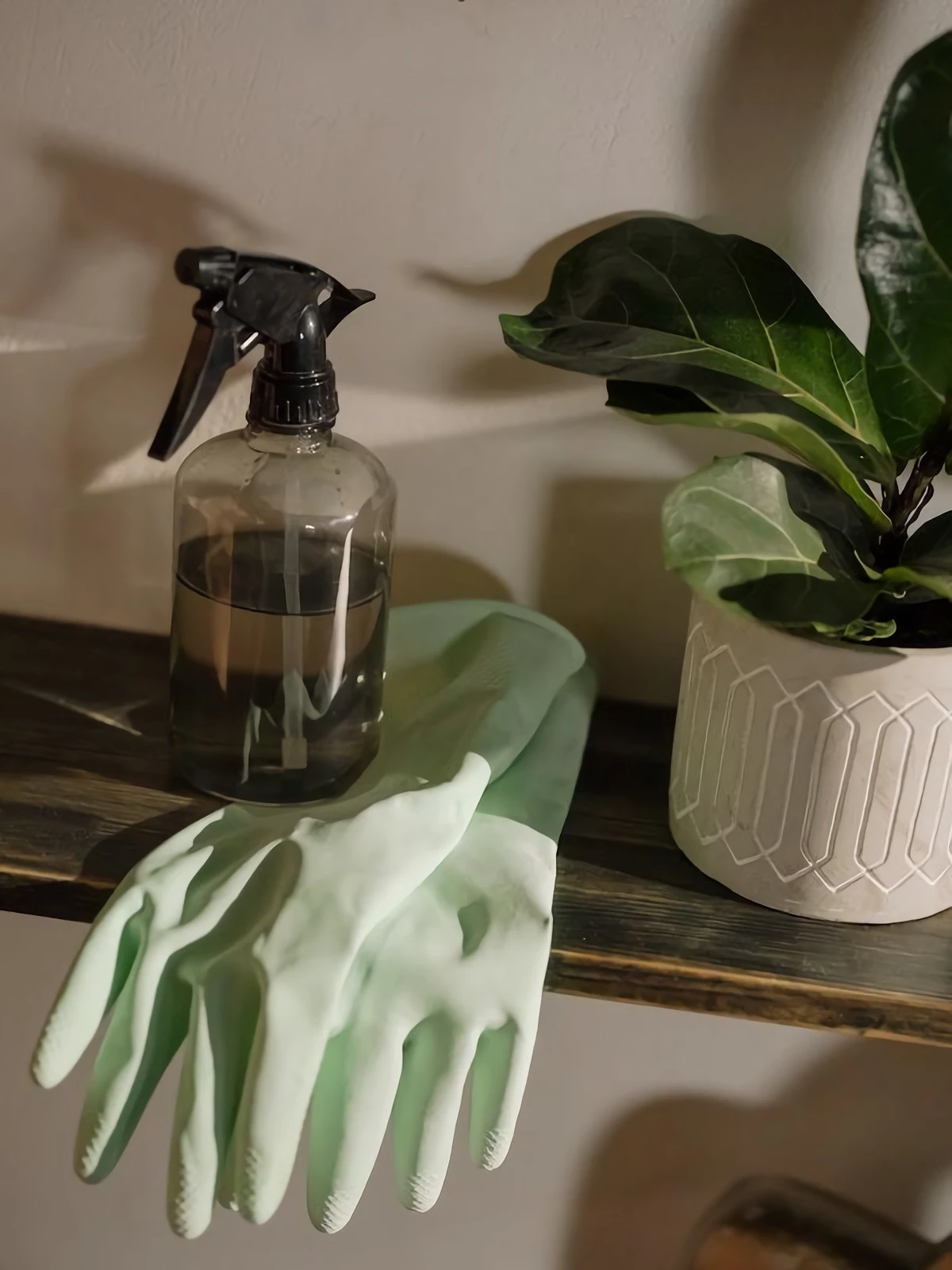
If you’re more of a DIY person, you can make your own de-icer pretty easily. The best recipe is a simple mix of two parts 70% isopropyl (rubbing) alcohol to one part cool water. So, 2 cups of alcohol and 1 cup of water. Grab a cheap spray bottle from the dollar store for this—just make sure it never held harsh cleaning chemicals before. This homemade version will only cost you a few bucks to make, probably under $4.
But, a heads up! While the DIY mix works, alcohol can be harsh. Over time, it can dry out the rubber seals around your windshield and your wiper blades, causing them to crack. It can also strip wax off your paint if you overspray. I see it as a good solution for occasional use, but for daily defrosting, the professionally formulated stuff is a safer bet for your car’s long-term health. And it goes without saying… rubbing alcohol is flammable, so don’t use it near any open flame.
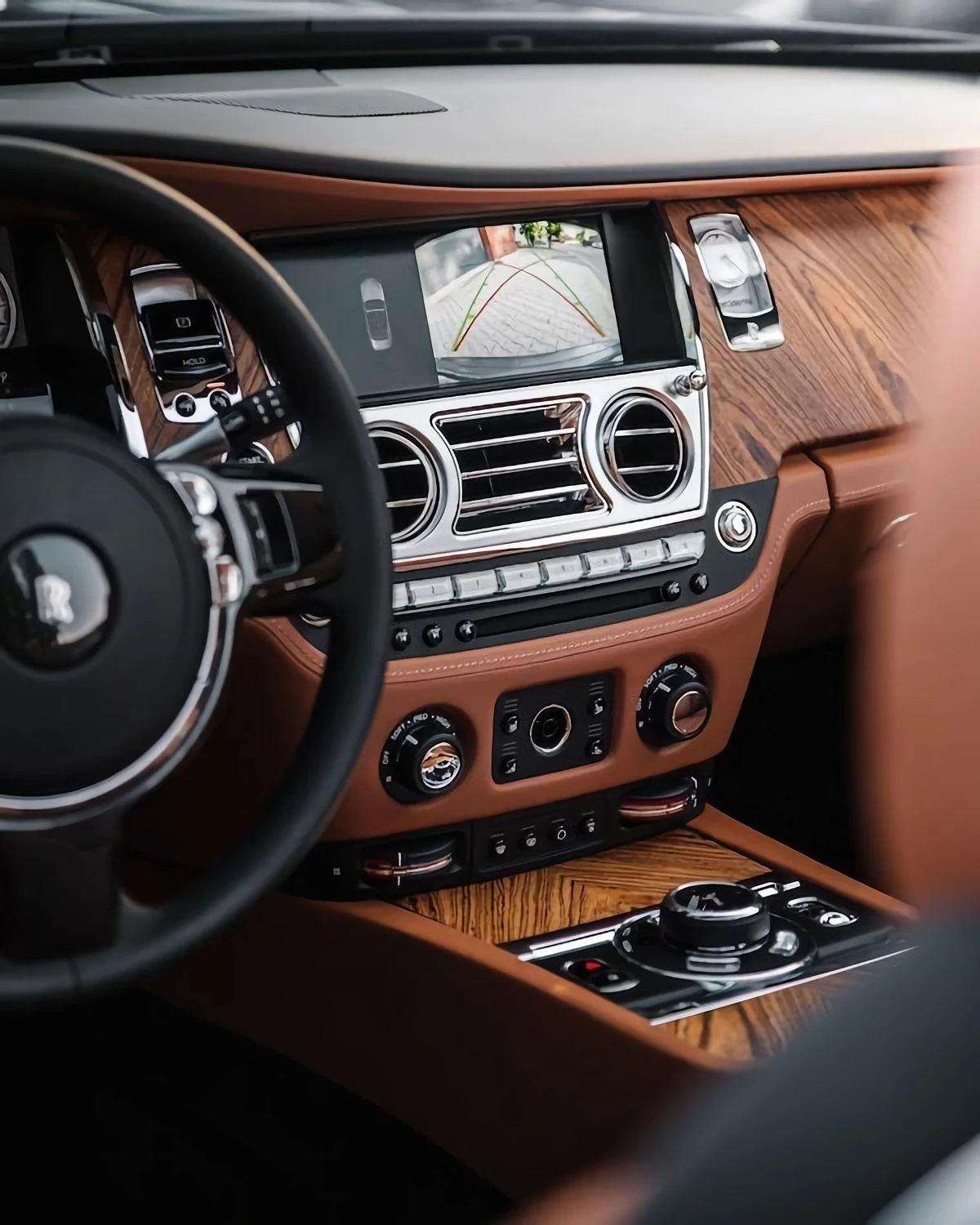
The “Hacks” You Should Absolutely NEVER Try
The internet is a minefield of bad advice for clearing frost. As a pro, let me tell you, most of these shortcuts are a fast track to regret.
The Salt Water Spray: Just Don’t.
I cannot say this enough: NEVER use salt water on your car. Yes, salt melts ice. It also aggressively eats metal. When you spray salt water on your windshield, the overspray gets everywhere—on your paint, on your wiper arms, in every nook and cranny. Any tiny rock chip becomes an open invitation for rust. I’ve seen it cause hideous rust bubbles around windshield frames. The cost to fix that damage will make you wish you’d just bought a $7 can of de-icer.
Using a Credit Card or (Gasp) a Metal Spatula
When you’re desperate, it’s tempting to grab whatever is in your pocket. A credit card, your house key… please don’t. Automotive glass is tough, but it’s not scratch-proof. A sharp corner of a plastic card or a metal key will absolutely etch a permanent scratch into your windshield. Plus, you could easily wreck the chip or magnetic strip on your card, creating a whole new problem for your day.
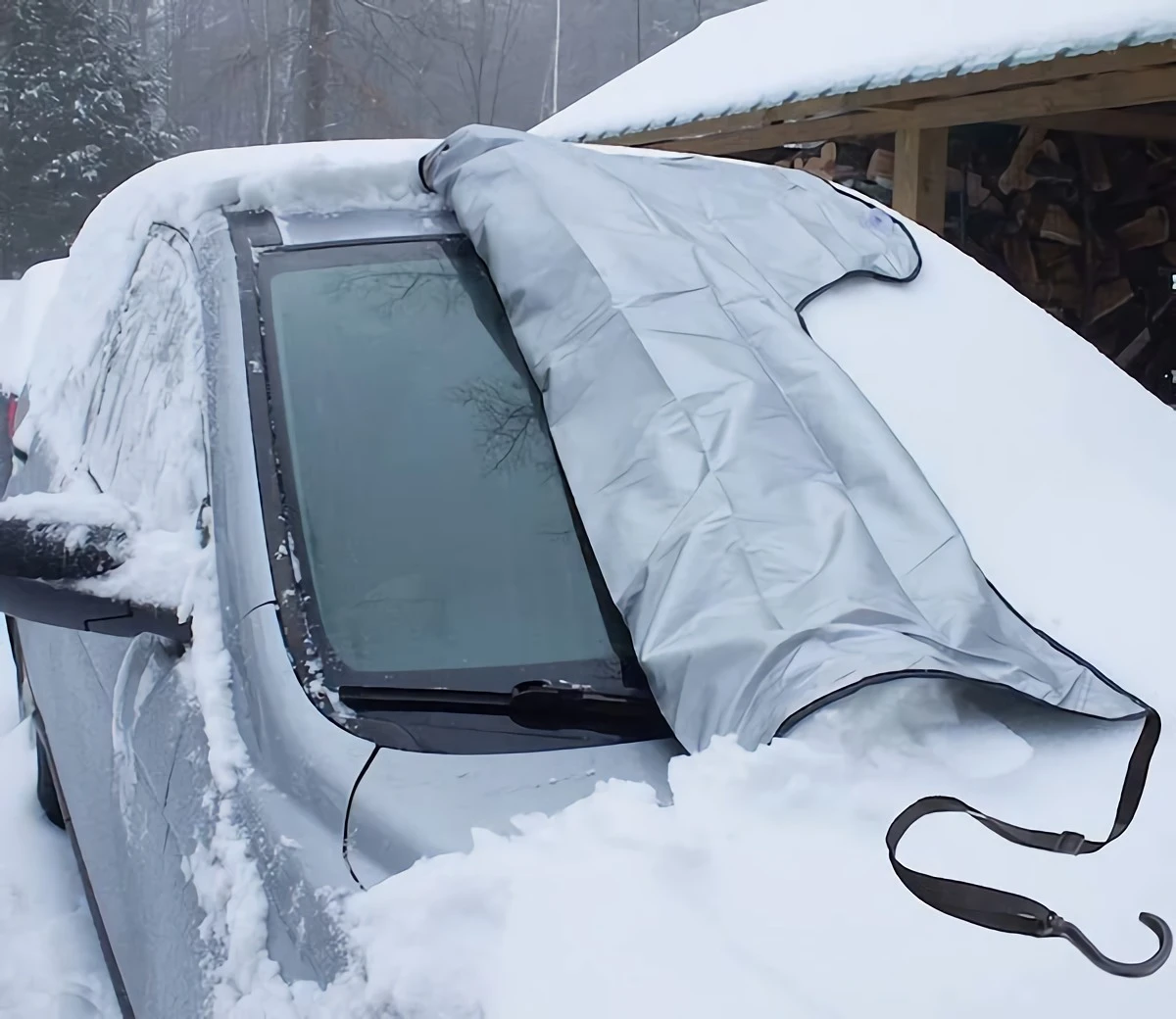
These scratches create horrible glare at night or when driving into the sun. Always use a plastic ice scraper designed for cars. The plastic is softer than the glass and won’t do any damage. Just keep it clean so you’re not grinding trapped sand into your windshield.
Prevention: The Best Fix is No Fix at All
The easiest way to deal with frost is to stop it from forming in the first place. A little planning the night before saves a ton of hassle.
- Get a Windshield Cover: A physical barrier is the most effective solution. You can buy proper windshield covers online or at auto stores for about $15 to $30. They have little flaps you tuck into the doors to keep them in place. A piece of cardboard works in a pinch, but avoid using a towel or blanket—if it gets wet, it can freeze solid to your windshield, making things much worse.
- Park Smart: If you have a garage or carport, use it. If you have to park outside, try to park facing east. The morning sun will often do most of the melting for you before you even head out the door. It’s an old-school trick that really works.
- Fight Interior Moisture: Frost on the inside? That’s from moisture trapped in your car. Switch to all-weather rubber floor mats in the winter and dump out any melted snow. Before you get home, turn off recirculation and blast the fan for a few minutes to flush out the humid air. For a cheap dehumidifier, fill an old sock with crystal cat litter (which is silica gel) and leave it on your dashboard overnight.
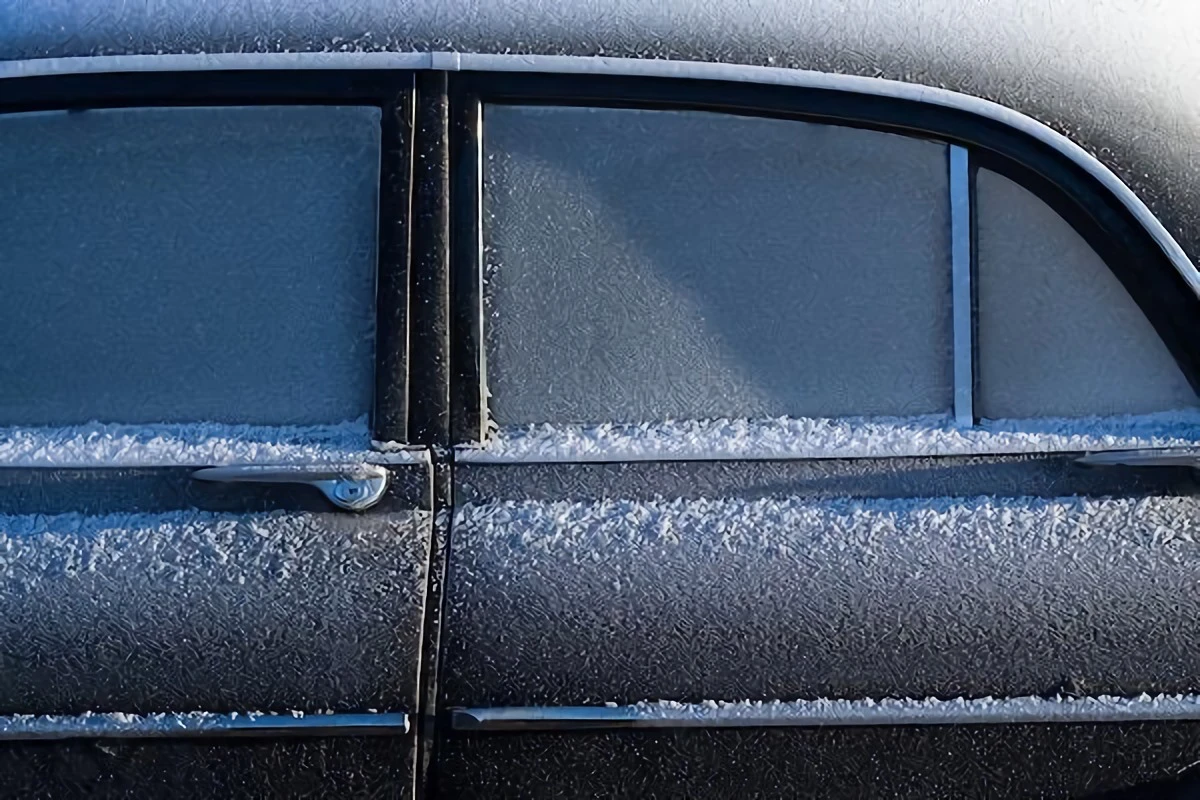
What If Your Defroster Just Isn’t Working?
If you’re doing everything right and your defroster is still weak, you likely have an underlying mechanical issue.
If you have weak airflow, the most common problem is a clogged cabin air filter. This thing gets packed with leaves and dust. I recommend changing it once a year. It’s often located behind the glove box, and it’s a pretty easy DIY job. A quick search on YouTube for “[Your Car Model] cabin air filter replacement” will almost certainly give you a 5-minute video tutorial.
If the air is blowing strong but it never gets hot, you’ve got a problem in your engine’s cooling system. It could be low coolant, a stuck thermostat, or a clogged heater core. While you can check your coolant yourself, the other issues are more complex. That’s when it’s time to call a qualified mechanic. A faulty cooling system can lead to engine overheating, and that’s a whole different level of bad news.
Inspirational Gallery with Photos
Commercial De-Icer: Products like Prestone Windshield De-Icer use a high concentration of methanol or ethylene glycol to melt ice on contact by drastically lowering its freezing point. They work fast and are formulated to be safe on car paint and rubber.
Safe DIY Mix: A simple 2:1 ratio of 70% isopropyl alcohol to water in a spray bottle works wonders. The alcohol acts as the active de-icing agent. It’s cheaper but may require a slightly more generous application on thick ice.
For speed and convenience, commercial is king. For a budget-friendly and readily available option, the DIY mix is a solid backup.
According to a study by the AAA Foundation for Traffic Safety, vision-related issues are a factor in nearly 50% of all two-vehicle crashes. A frosted windshield isn’t just an inconvenience; it’s a significant safety hazard.
A few simple habits can make frozen mornings far less painful. Prevention is always better than a cure, especially when you’re short on time.
- Park Smart: If possible, park facing east. The morning sun will act as a natural defroster, giving you a head start.
- Cover Up: A dedicated windshield cover is the ultimate frost-blocker. In a pinch, a flattened cardboard box or an old towel secured by the wipers works too.
- Clean Inside: A dirty interior windshield surface gives moisture more to cling to, leading to interior fog and frost. A quick wipe with a dedicated glass cleaner, like Invisible Glass, makes a noticeable difference.
Is it better to use the fresh air or recirculation setting for defrosting?
Always use the fresh air intake setting. The recirculation mode just cycles the moist air already inside your car, which can actually slow down the process and increase interior fogging. Cold, dry outside air is far more effective at absorbing the moisture from the inside of your windshield as it warms up.
Your wipers are not icebreakers: Resisting the urge to flip them on to clear a sheet of ice is crucial. You risk tearing the delicate rubber squeegee on the sharp ice crystals, rendering them useless for rain. Worse, a blade frozen to the glass can strain or even burn out the wiper motor, a far more expensive repair than a new set of blades.
Not all ice scrapers are created equal. While cheap plastic ones get the job done, look for a model with a brass blade. Unlike steel, brass is softer than glass, so it won’t scratch your windshield. However, it’s much more effective at chipping and clearing thick, stubborn ice than any plastic edge. It’s a small upgrade that makes a huge difference in effort and speed.
- Start your drive instantly with a perfectly clear view.
- Avoid damaging your wiper blades.
- Eliminate the need for chemical sprays.
- Protect your glass from the micro-scratches caused by scraping.
The secret? A simple, inexpensive frost guard or snow cover for your windshield. Just peel it off in the morning, and the ice and snow come with it.
Did you know? Modern wiper blades, like Bosch ICON or Rain-X Latitude, are often made with beam-style designs and advanced rubber compounds that remain more flexible in freezing temperatures, reducing the chance of them freezing solid in an ineffective shape.
This means that investing in a quality set of wipers isn’t just for rainy days. Their ability to resist freezing and maintain consistent pressure against the glass makes them a vital part of your winter driving safety system, working in tandem with your defroster to keep your view clear once the initial ice is gone.
- A high-quality ice scraper with a brush.
- A can of commercial de-icer (for tough spots or frozen locks).
- A pair of waterproof gloves.
- A microfiber cloth for clearing interior fog.
Ever noticed cars in a parking lot with their wipers sticking straight up before a storm? It’s not a weird trend; it’s a pro move. Lifting the blades away from the windshield prevents them from freezing directly onto the glass overnight. This not only saves the rubber from being torn off by the ice but also makes clearing the windshield much easier, as there are no wipers frozen in your way.










